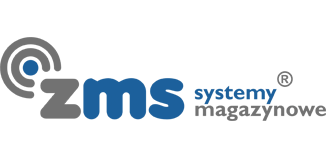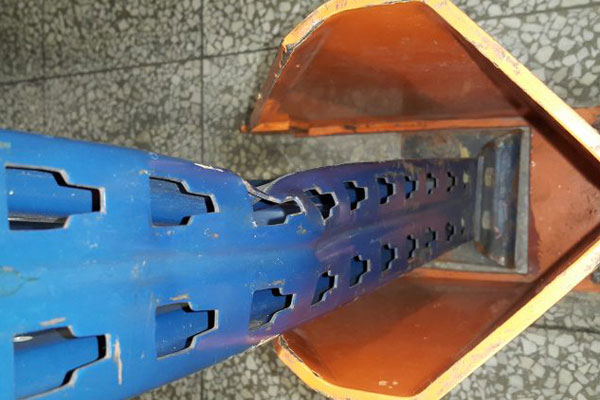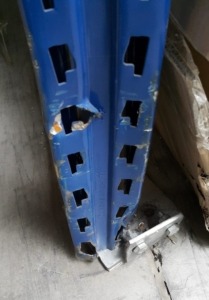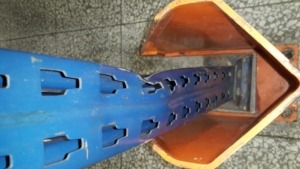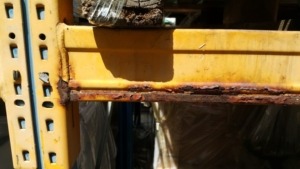How to Perform Racking Inspection?
In 2018 ten years passed since introduction of PN-EN 15635 Standard on application and maintenance of storage equipment. This paper related to some significant issues crucial for safety during racking system operation from the perspective of inspector responsible for racking inspections.
Today you do not have to remind employers or responsible services about the importance of regular racking inspections. Note that there are three basic types of inspections, namely:
- An immediate reporting
- A visual inspection
- An expert inspection
Starting from the beginning: it is a personnel responsible for occupational safety in the given Company that is responsible for familiarizing a newly engaged fork lift truck operator with procedures that minimize risk of hazard for rack system and its environment where he will be performing his work every day. During such training the operator shall be familiarized with procedures regarding reporting any hazardous incidents or possible risks. Good practice includes training for newly engaged employees in the field of racking operation based on operation manual delivered by system manufacturer. This practice also prevents hazards and risks generated by an employee. Any reporting shall be recorded and attached to racking documentation.
Other type of supervision relates to a visual inspection that shall be performed by a person responsible for monitoring of rack system safety. In practice such inspection is conducted most often by warehouse head. Similarly to the immediate reporting, the visual inspection shall be performed in official manner also.
Moreover such inspection shall be performed in regular interval, as specified on basis of risk assessment analysis.
The routine inspections performed most often by the user are complemented by the expert inspection provided usually by an independent company. The independent service reduces risk of omission or overlooking any issues crucial for safety during racking operation. The performed properly inspection assumes a hierarchy-based approach to the aspects related to controlling. In practice it means that the inspection will be performed at a few levels, where identification and classification of damages results in recording thereof in relevant records, or at least it shall be provided in this manner.
The below issues relate to situations that shall be checked in terms of expert inspection. In case of any identified irregularity or malfunction, it shall be recorded in the racking inspection report.
Very important are the aspects related to assembly and installation of racking e.g. modifications of racking configuration. During the inspection, owner’s records regarding racking shall be checked precisely. Such records shall specify e.g. racking layout along with storage levels and permitted structure loading capacity.
Other check relates to condition of pallets and other devices used for storage of goods. Although it is very important, still very often it is overlooked. The first criterion that shall be taken into account with regard to pallet management relates to degree of wear and identified damages. The quoted standard (C Annex) specified some damages and defects whose presence requires to put the pallet out of use. And it is the user who is responsible for regular and detailed checks of pallets. Note also that use of pallets other than specified by system designer is equivalent to racking operation contrary to its intended purpose and may result in serious consequences.
The subject of next verification relates to supplier’s liability. Actually absence of report regarding acceptance of racking or its improper form is deemed negligence.
Finally verification is carried out regarding user’s liability. During expert inspection, an inspector is obliged to check, if a person responsible for safety conducted regular inspections of racking, and consequently notifications also.
The above issues specify the scope of expert inspection and draw user’s attention to the form and contents of reports produced by a Company engaged to perform the inspection.
Although since 1 January 2003 standards are not applicable any more, still the first pages of this standard specified the guidelines along with PN-EN 15512, EN 15620 and EN 15629 Standard to ensure that the entity establishing the specification, the user and designer were aware of limitations in respective disciplines, to ensure safety of prepared design.
Our Company offers wide range of services related to inspection of racking and we also provide trainings in the field of racking inspections. We are looking forward to provide you with further information.
Prepared by ZMS Systemy Magazynowe
